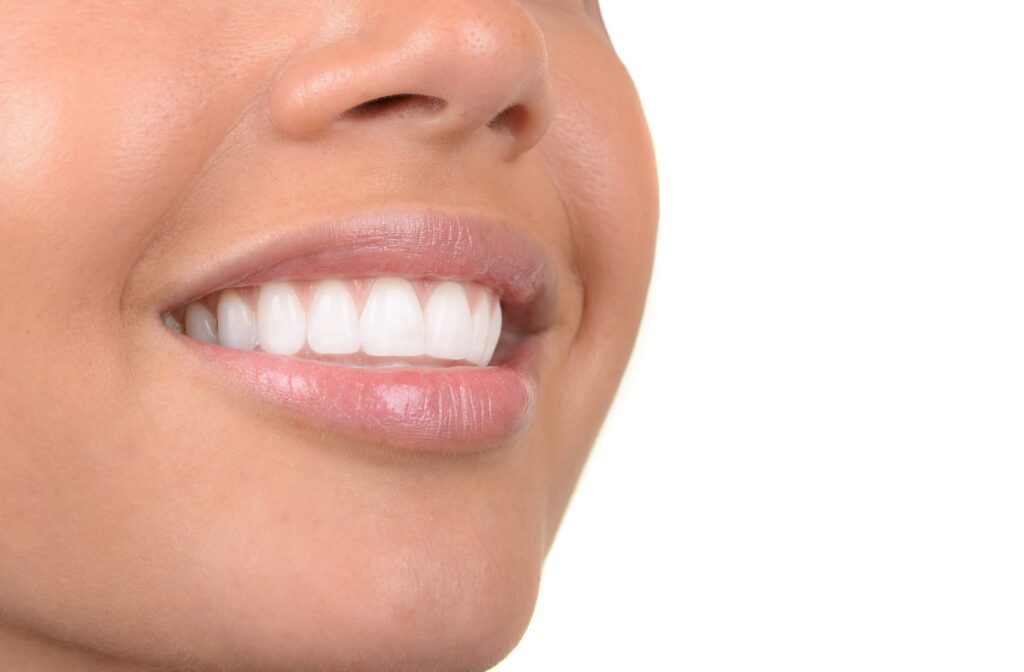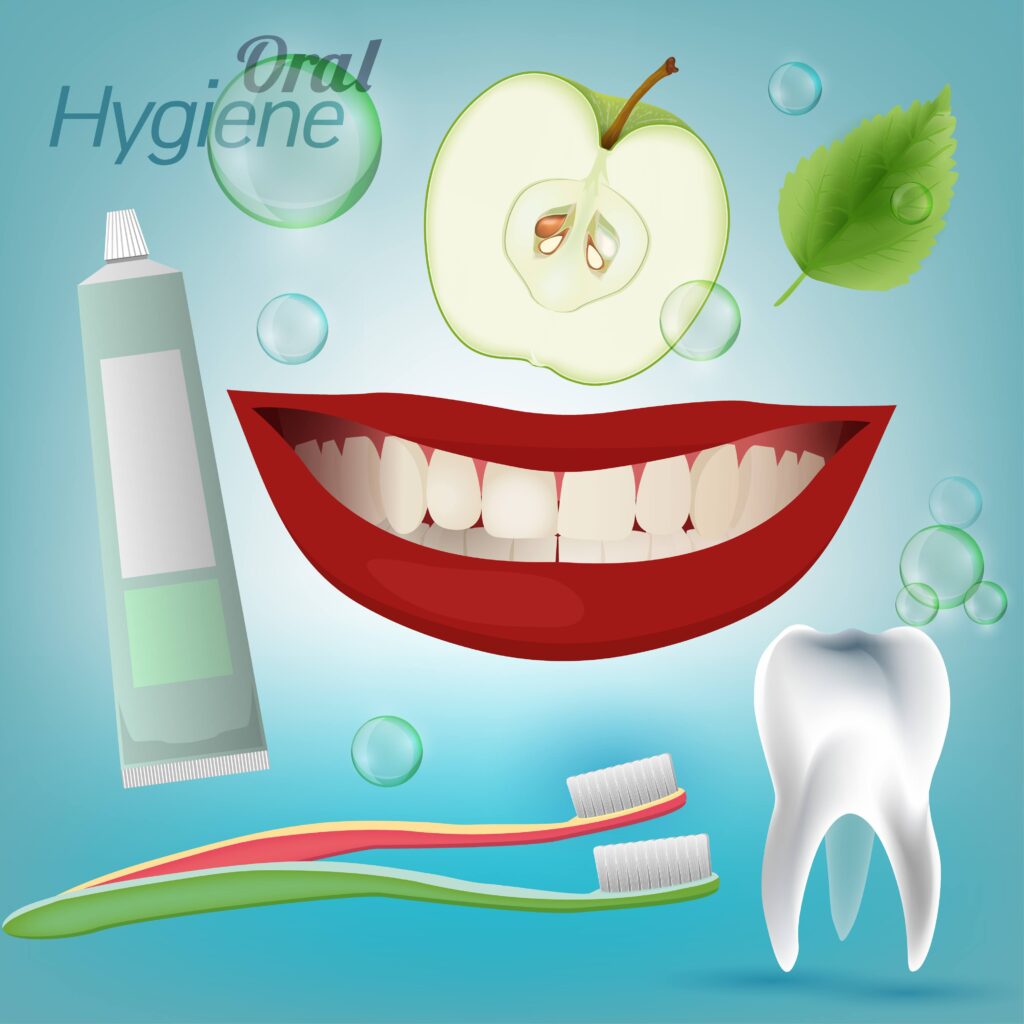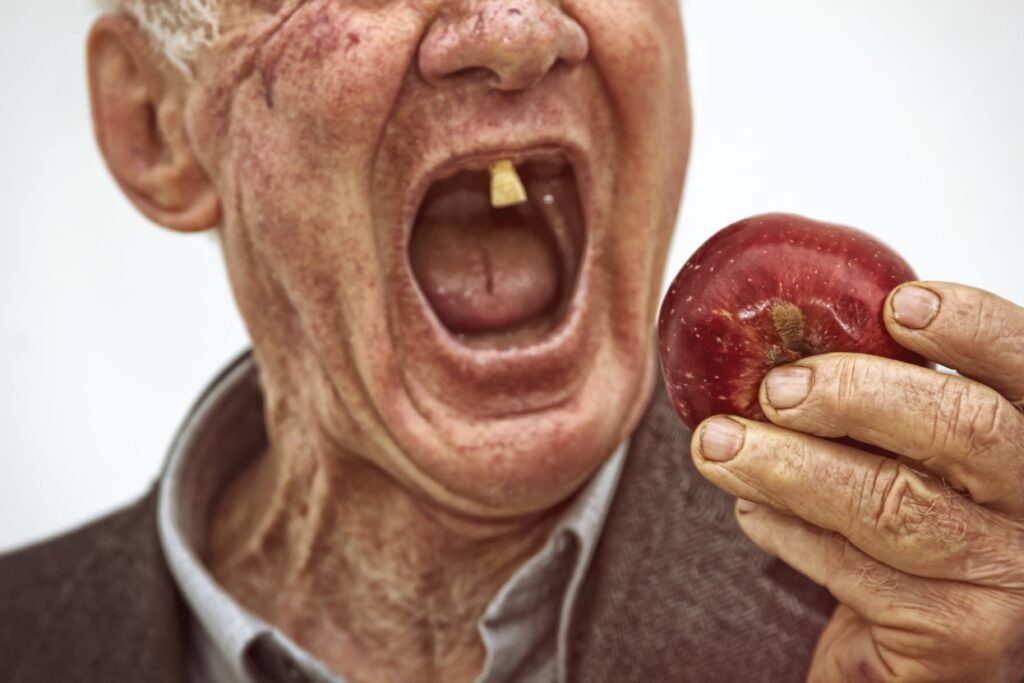Periodontal Disease
The symptoms of periodontal disease include red, swollen, and bleeding gums. Four out of five people are unaware of their periodontal condition!

Research indicates that there may be a connection between periodontal disease and other illnesses like stroke, bacterial pneumonia, diabetes, cardiovascular disease, and increased risk during pregnancy, in addition to the fact that it is the leading cause of tooth loss.
Researchers are investigating whether the bacteria and inflammation linked to periodontal disease have an impact on these systemic illnesses and ailments.
Periodontal disease is also more likely in smokers. Periodontal disease can be prevented with good oral care, a healthy diet, and routine dental appointments.
✓ Gums that bleed when you brush them or use dental floss are not healthy.
✓ Loss of bone or weakened periodontal fibers, which hold the tooth to the bone, can also lead to loose teeth.
✓ Bone loss is the reason for the new space between teeth.
✓ Bacteria in the mouth are to blame for persistent bad breath.
✓ Pus on the gums and around the teeth is a sign of an infection.
✓ Gum loss surrounding a tooth is referred to as "recessing gums.
✓ Gums that are red and swollen are never healthy.
✓ Plaque, calculus, and germs irritate the gums and teeth, causing tenderness or discomfort.






